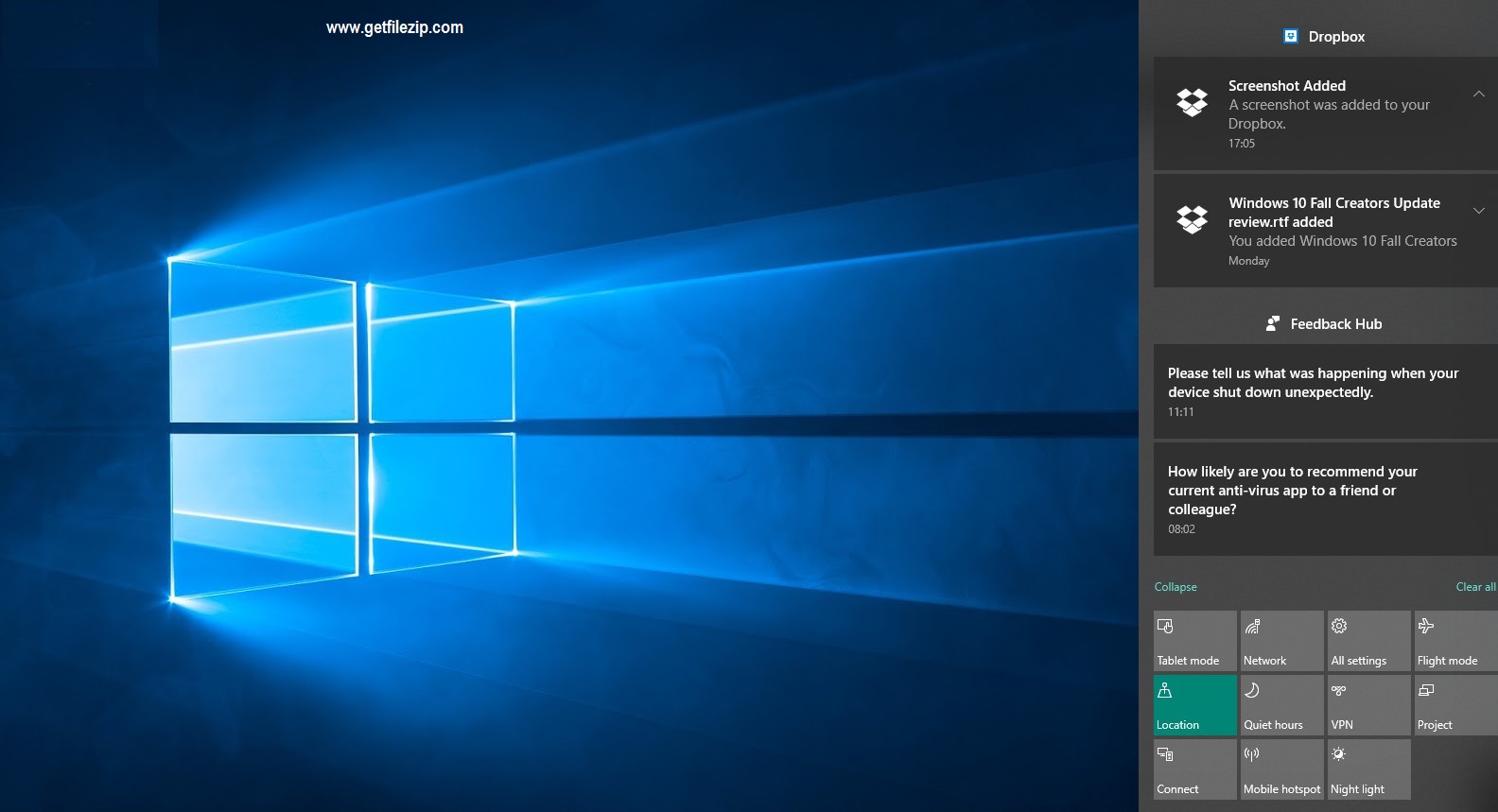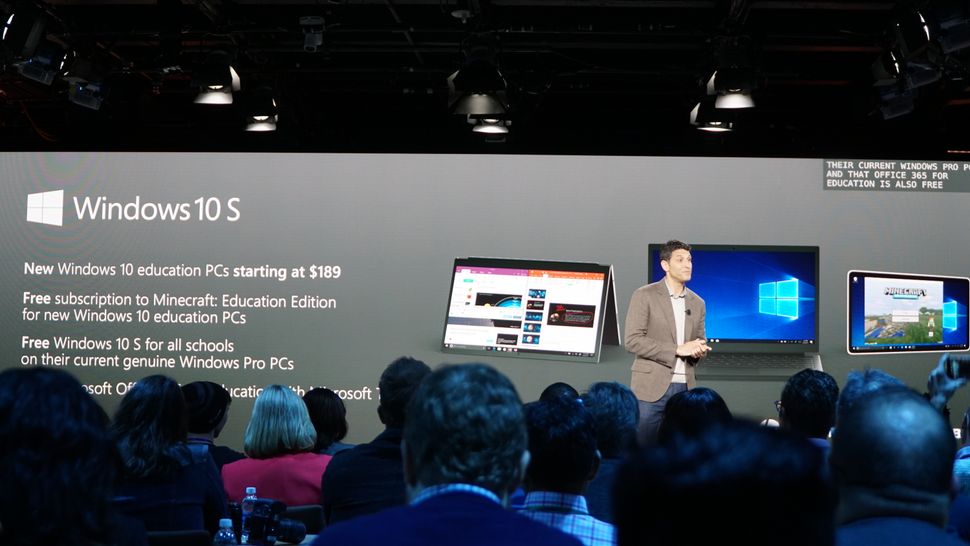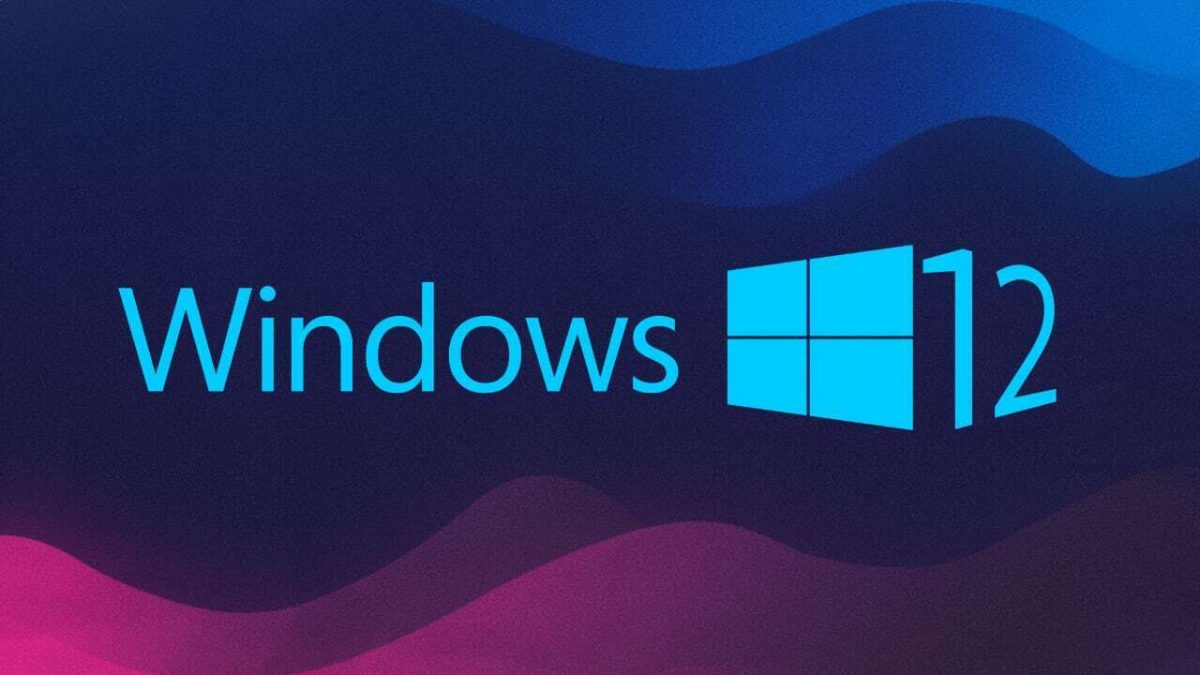

It gives you sort of a timeline of minor build releases in between the major version number releases.
OS Build. This line shows the specific operating system build you’re running. An update released in May of 2023 would be called 23H1, and so on. For example, the latest Windows 10 update is 22H2 - which tells you that it was released in the second half of 2022. The Fall Creators Update was released in September of 2017, so it’s version 1709.Newer Windows 10 updates are named based on the which half of the year they come out in. That’s the big Anniversary Update of Windows 10. For example, in the screenshot above, the “1607” version tells us that the version we’re running is from the 7th month (July) of 2016. The number was originally based on the date of the most recent large build release and uses a YYMM format. Version. The version number gives you the best information on what version of Windows 10 you’re running. Switching to Windows 10 Enterprise or Education editions will require a complete reinstall and a special key that isn’t made available to normal home Windows users. If you’re using Home and you’d like to upgrade to Professional, you can upgrade to the Professional edition from within Windows 10. Edition. This line tells you which edition of Windows 10 you’re using-Home, Professional, Enterprise, or Education. You’ll see the “Version” and “Build” numbers here. Navigate to System > About and scroll down. Scroll down a bit and you’ll see the information you’re after. In the Settings window, navigate to System > About. 
The new Settings app also offers build, edition, and version information in a user-friendly form. How to Check Windows Version with the Settings App Microsoft is also still offering both 64-bit and 32-bit versions of Windows 10, as well. RELATED: What Is the Latest Version of Windows 10? Note: In addition to builds, there also are still different editions of Windows 10-Home, Professional, Enterprise, and so on-with different features. Microsoft has hidden the version number somewhat in an attempt to make Windows 10 look always-up-to-date, but it’s not hard to find. If you really need to refer to a specific version of Windows it’s easiest to refer to it by its version number. For one thing, Microsoft claimed there would be no more new versions of Windows (though the company obviously changed its plans and launched Windows 11.) Microsoft has also done away with service packs, instead moving to releasing two big builds each year.

With Windows 10, things have changed a bit. Within those versions, we also had service packs to refer to: Windows 7 Service Pack 1, for example. Traditionally, most people have referred to Windows based on the major, named version they’re using-Windows Vista, 7, 8, and so on. They represent significant updates to Windows.







 0 kommentar(er)
0 kommentar(er)
